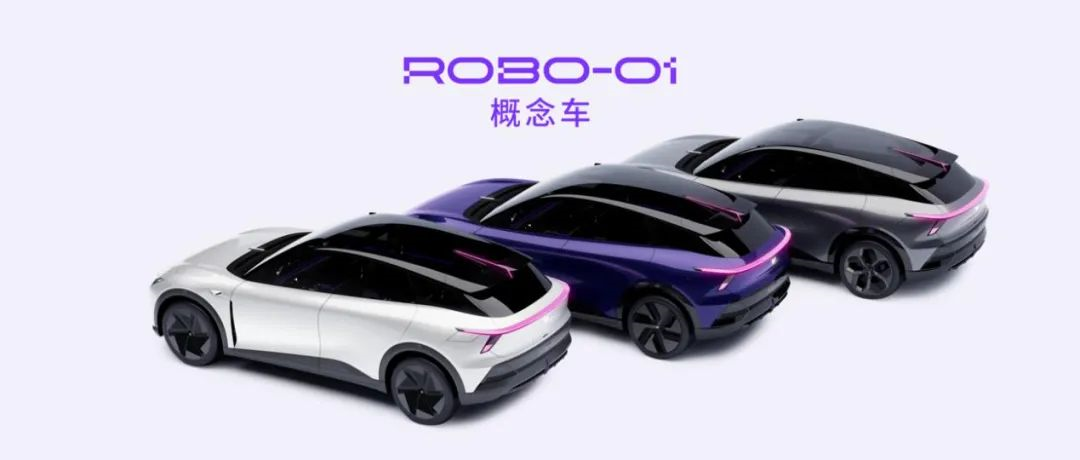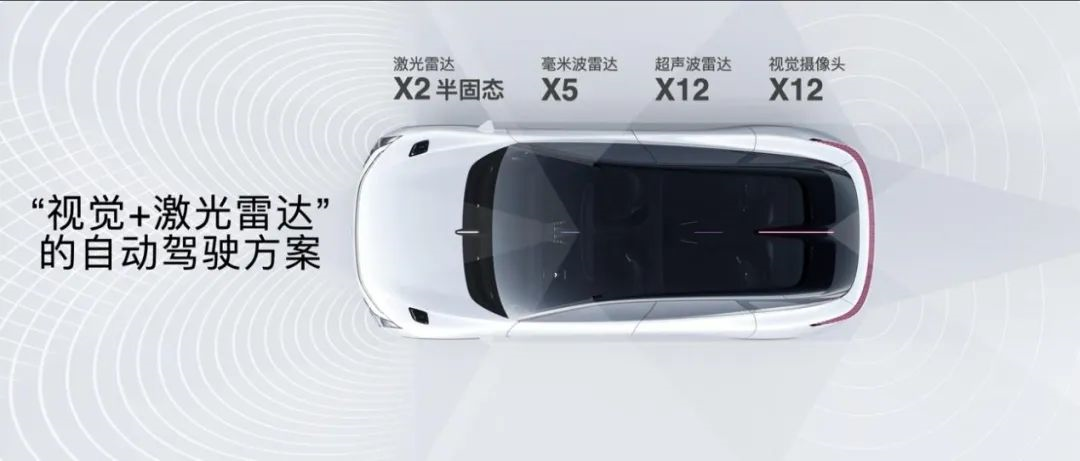ROBODAY – the first brand release of ROBO-01 in the Metaverse at JiDu
Written by: Cold ZeLin
Edited by: Wang Pan
Today, JiDu held its first brand release of the concept car, ROBO-01, at the ROBODAY event in the virtual world of the soil.
However, this is still a “concept car” that has not been physically displayed. In addition, the CEO of JiDu Automotive, Xia Yiping, and the owner of ROBO-01, car number 000, are also “virtual”.
From the vehicle model, this is a four-seat SUV with a cross-border design, and its body size is currently unknown.
The overall design of the body is simple and round, without door handles. The top of the car is a panoramic skylight, and the doors are designed with front butterfly wings and rear opposite opening. There are two AT128 lidars from Livox Technology arranged on the front hood.

The car comes in three colors: galaxy purple, star porcelain white, and star cloud gray.

In terms of interior design, physical buttons, door handles, shift levers, and toggles have been removed. The screen uses an integrated 3D display, and unlike other smart cars, Xia Yiping claims that there is no boundary to this screen.
The steering wheel also has a unique design, similar to the U-shaped steering wheel of the new Tesla Model S.

This car also has many lifting and shrinking functions, such as an actively lifting wing based on driving speed, satellite speakers that can rise and fall inside the car, and the lidar and steering wheel seen earlier can also be lifted and lowered.
The placement of the lidar is different from other car companies. Previously, Li Xiang, the CEO of Li Auto, and Xia Yiping discussed the placement of the lidar. The latest Li Auto model, the L9, also has an AT128 lidar from Livox Technology, but it is placed on the roof. Li Xiang believed that placing it on the hood would have a greater impact in the event of a pedestrian collision, while Xia Yiping believed that 180-degree FOV is not the same as 120-degree FOV in terms of autonomous driving capabilities.
It seems that there is a bit of a dilemma between fish and bear’s paw.
At this release event, JiDu also presented a solution to this problem, namely an active collapsing or physical collapsing mechanism after being subjected to force. It not only automatically shrinks when the auxiliary driving function is activated but can also actively retract the hood when a collision is detected.In terms of intelligence, JET, Jidu’s self-developed advanced autonomous driving architecture, integrates the Electronic and Electrical Architecture (EEA) and Service-Oriented Architecture (SOA) operating systems to achieve seamless integration throughout the domain.
Last September, Xiayiping revealed on social media that Jidu had developed SIMUCar, a software-integrated simulation vehicle.
SIMUCar is a software-integrated simulation vehicle that differs from traditional mule cars. It is mainly used as an engineering vehicle for developing and testing intelligent cabins and autonomous driving functions, and can be regarded as a new product in the era of intelligent vehicles. This parallel approach of hardware and software can greatly reduce the research and development cycle of intelligent vehicles.
In just nine months, Jidu’s SIMUCar has announced the successful integration of intelligent driving functions in urban and high-speed areas.
On a 25-kilometer test route, SIMUCar completed comprehensive testing of automatic driving scenarios such as traffic light recognition, straight driving, right turns, protected left turns, passing T-junctions, and entering/exiting ramps.
Although this distance is not long, Jidu, backed by Baidu Apollo, is still far ahead of the new forces exploring autonomous driving.
Jidu has also promised that the day it delivers its first mass-produced vehicle in 2023 will be the day of a complete autonomous driving experience, rather than the “deliver first, OTA later” approach adopted by most automakers.
In addition, Jidu did not adopt a single lidar-based autonomous driving solution, but also developed a vision-based solution. The two are independent and redundant.
In terms of chips, SIMUCar is equipped with dual Orin X and Qualcomm 8295 chips, with a total vehicle AI computing power of 538Tops. The vehicle has a total of 31 external sensors, including two lidars, five millimeter-wave radars, 12 ultrasonic radars, and 12 cameras.
However, SIMUCar is still a concept car. The limited edition of Jidu’s first mass-produced vehicle is expected to be launched this fall. According to reports, the mass-produced model will maintain about 90% similarity with the concept car, and Baidu CEO Robin Li has revealed that the price will be around 200,000 yuan. Even if the mass-produced model does not adopt too avant-garde designs in the cabin for safety and compliance reasons, it is still worth looking forward to.

This article is a translation by ChatGPT of a Chinese report from 42HOW. If you have any questions about it, please email bd@42how.com.
